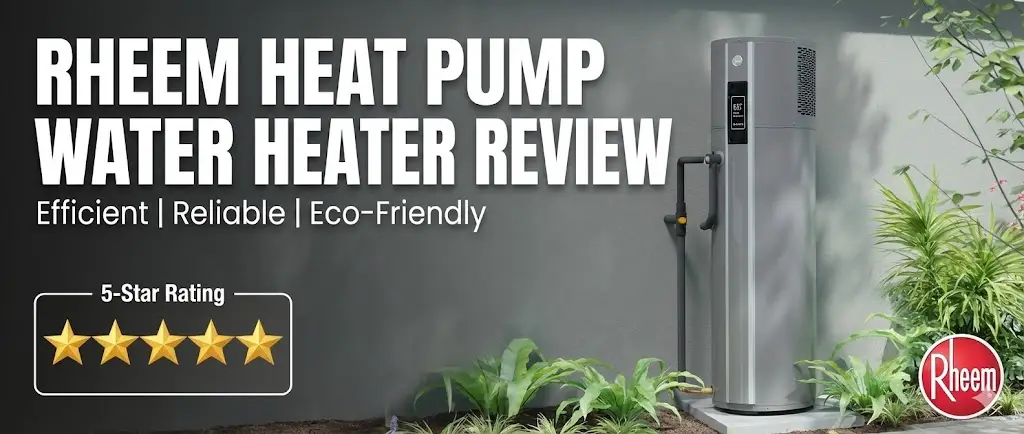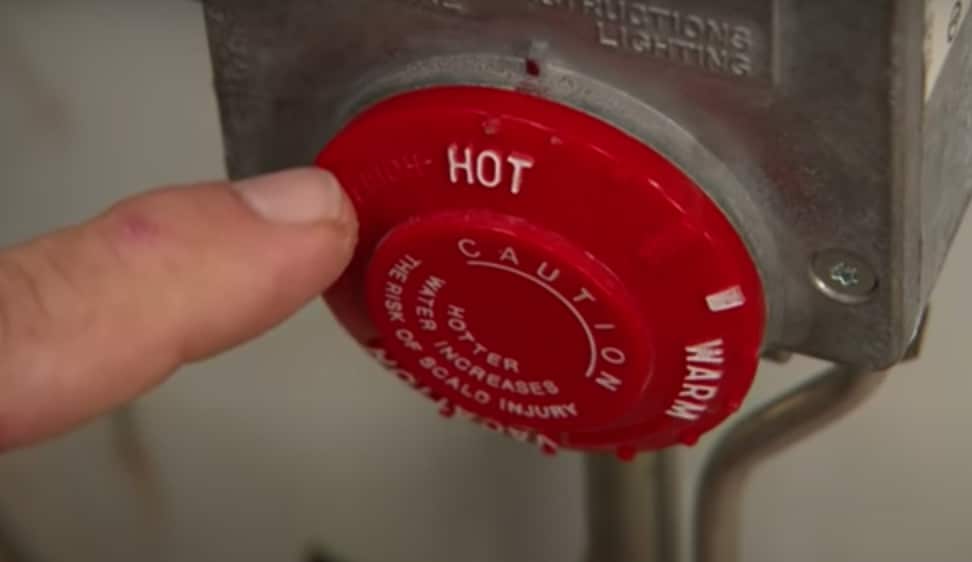
Power bills linked to heating water have long been a silent killer of household budgets, consistently ranking as the second-largest […]

Hot water is a household norm of everyday activities—soaking in a relaxing shower, washing dishes, washing clothes and scrubbing.
But have you ever stopped to consider: how hot is too hot for hot water at home? The response isn’t as black-and-white as it sounds. It’s about finding a balance between safety, efficiency, and comfort.
So, how hot is hot enough?
The U.S. Department of Energy recommends that a home water heater be set at 120 degrees Fahrenheit (49 degrees Celsius). That temperature is hot enough to prevent bacteria, including Legionella (which leads to Legionnaires’ disease), from growing, yet it lowers scalding potential and energy use.
The perfect temperature can vary based on your family’s unique needs and circumstances.
Having your hot water heater set at 120°F has several advantages:
Water too hot can scald skin in just a few seconds, particularly in babies, the elderly, and those with impaired heat sensitivity.
With 140°F water, one can burn within less than 5 seconds, and with 120°F water, it would take 5 minutes of exposure to cause a burn—a significantly safer setting.
Cutting your water heater down to 120°F will yield noticeable savings on your bill. The U.S. Environmental Protection Agency estimates you’ll save 3–5% of water heating costs for each 10°F decrease in temperature.
While Legionella bacteria thrive in warm water, they won’t survive if the water is circulated and reused often at 120°F. In homes where the water distribution system is idle or stagnant, additional procedures may be necessary.
Even though 120°F is safe and adequate most of the time, there are circumstances when a higher temperature setting will be wanted:
If your dishwasher does not include a built-in water heater, it might be worth setting your primary water heater to 130°F–140°F to properly clean and sanitise dishes.
In larger households with greater hot water demand, a slight temperature boost can provide assurance that everyone has warm water available without it running out so quickly.
In households where the immune system is compromised, an increased hot water temperature (130°F and higher) provides an extra level of protection against bacterial contamination.
If you do raise the temperature above 120°F, install anti-scald devices or mixing valves on faucets and showers to reduce the risk of burns.
When posing the question of “how hot water should be,” it is useful to look at various applications around the house:
Baths and Showers: The water for personal cleanliness should not exceed 105°F–110°F. This is comfortably warm but not perilously hot. Many newer thermostatic shower valves enable you to set this temperature in advance for safety.
Hand washing: The CDC further suggests that warm or cold water is equally effective in removing germs when soap is used. So, extremely hot water is not required—lukewarm will do.
Laundry: Hot water (130°F or higher) is most effective in killing bacteria and eliminating allergens, but it will shrink or whiten clothes. Cold or warm water (80°F–110°F) will do just fine for everyday washing and is more energy efficient.
Hand Washing with Hands: In order to be able to cut grease effectively, water has to be at least 110°F, but most people can’t stand higher temperatures without gloves.
Cleaning and Sanitising: For the inactivation of germs on surfaces, the use of a disinfectant is better than relying on hot water alone. However, for greasy kitchen surfaces, hot water above 120°F may improve cleaning efficiency.
If you’re unsure of your current water temperature or must alter it, here are some tips:
Test the Temperature: Put hot water on at the faucet for several minutes, fill a cup, and use a kitchen thermometer to check.
Adjust the Thermostat: Water heaters have a dial or electronic control. Lower or raise it slowly and watch the adjustment over a day or two.
Use Mixing Valves: These blend hot and cold water to create an even, safe output temperature at shower heads and faucets.
Insulate Pipes: This warms water in transit, so you can dial down the setting on the heater without losing heat.
It is crucial to know how hot water needs to be in order to run a safe, comfortable, and cost-effective home. 120°F is a widely accepted standard, but your particular circumstances may call for some adjustments.
By finding the right balance, you give safety, comfort, energy efficiency, and long-term appliance life.
Remember, too hot water will scald and water too cold will be filled with bacteria—so it’s a question of trying to find the middle.